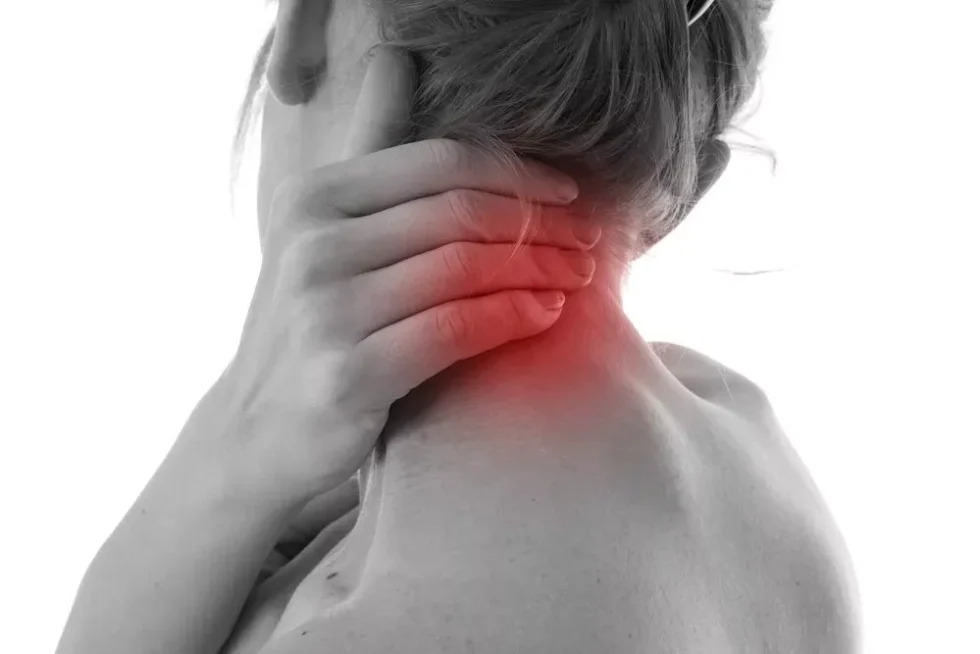Optimize Healing: Chiropractic Integration for Holistic Pain Management

Understanding Holistic Pain Management
Holistic pain management emphasizes treating the whole person rather than just the symptoms of pain. It acknowledges the interconnectedness of physical, emotional, and mental well-being and aims to address the underlying causes of pain while promoting overall health and wellness. By taking a comprehensive approach to pain relief, holistic therapies empower individuals to heal on multiple levels and achieve long-lasting results.
The Role of Chiropractic Care in Holistic Pain Management
Chiropractic care forms the foundation of many holistic pain management plans, offering noninvasive, drug-free solutions for a wide range of musculoskeletal issues. Through spinal adjustments, chiropractors correct misalignments, alleviate nerve compression and promote optimal nervous system function. This not only relieves pain but also enhances the body’s ability to heal itself, addressing the root cause of discomfort rather than simply masking it with medication.
Integrating Chiropractic Care with Other Therapies
While chiropractic care is highly effective, it can be even more powerful when integrated with other complementary therapies. By combining chiropractic adjustments with modalities such as massage therapy, acupuncture, physical therapy, and nutritional counseling, individuals can experience synergistic effects that amplify the benefits of each treatment. This integrated approach addresses pain from multiple angles, providing comprehensive support for the body’s natural healing processes.
Massage Therapy for Muscular Tension and Relaxation
Massage therapy is a valuable adjunct to chiropractic care, particularly for relieving muscular tension and promoting relaxation. Car accidents often result in muscle stiffness, spasms, and knots due to the impact of the collision. By incorporating techniques such as Swedish massage, deep tissue massage, and myofascial release, therapists can release tight muscles, improve circulation, and reduce pain and inflammation, complementing the effects of chiropractic adjustments.
Acupuncture for Pain Relief and Energy Balance
Acupuncture is another effective modality for pain management that can be seamlessly integrated with chiropractic care. By stimulating specific acupoints along the body’s energy pathways, acupuncture promotes the flow of Qi (vital energy), restores balance to the body, and alleviates pain. Combined with chiropractic adjustments, acupuncture can enhance the body’s response to treatment, accelerate healing, and provide sustained relief from pain and discomfort.
Physical Therapy for Rehabilitation and Functional Recovery
Physical therapy plays a crucial role in the rehabilitation process following a car accident, helping individuals regain strength, flexibility, and mobility. When combined with chiropractic care, physical therapy exercises and techniques can complement the effects of spinal adjustments, improving overall function and reducing the risk of future injuries. By addressing underlying muscular imbalances and movement patterns, physical therapy supports long-term recovery and prevents chronic pain.
Nutritional Counseling for Healing from Within
Nutritional counseling is an often-overlooked aspect of holistic pain management but is essential for supporting the body’s healing processes from within. A balanced diet rich in vitamins, minerals, antioxidants, and omega-3 fatty acids can reduce inflammation, promote tissue repair, and enhance overall well-being. Integrating nutritional counseling with chiropractic care ensures that individuals receive comprehensive support for their recovery, addressing nutritional deficiencies and optimizing healing potential.
Conclusion
In conclusion, integrating chiropractic care with other therapies offers a holistic approach to pain management and overall wellness after a car accident. By combining chiropractic adjustments with massage therapy, acupuncture, physical therapy, and nutritional counseling, individuals in Miami can experience comprehensive support for their recovery journey. Whether relieving muscular tension, restoring energy balance, facilitating rehabilitation, or promoting internal healing, these holistic approaches work synergistically to optimize healing and improve quality of life. If you’ve been injured in a car accident, consider exploring the benefits of holistic pain management to support your recovery and restore your health and vitality.

